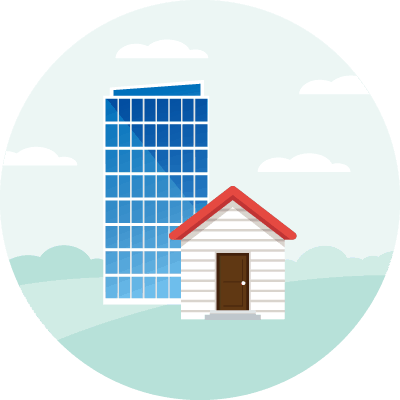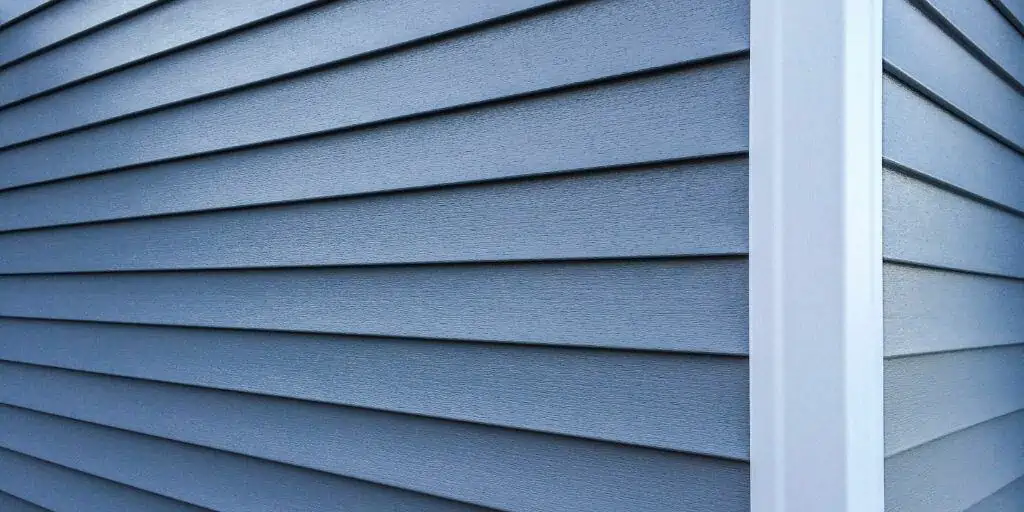What Is a Money Pit?
When Does a House Become a Money Pit?
A house becomes a money pit when it has persistent problems that affect its safety, comfort, beauty, and value. Examples are major structural damage like a sagging roof and bulging walls, bad electrical wiring, old plumbing, inefficient heating and cooling, and mold.
Foundation damage is one type of problem that can turn a house into a money pit if combined with other factors. It can cost upwards of $11,000 to repair[1], but it cannot be ignored as it can compromise the structural integrity of the entire structure.
When these issues are ignored and they compound over time, they will eventually be impossible to overlook. At that point, the cost to address them will be costly to the point that their cumulative cost may outweigh the house’s future resale value.
Contrary to popular opinion, not all houses with deferred maintenance are money pits. For example, fixer-uppers may be an eyesore to some, but they are usually livable and can be upgraded.
Buying vs. Renovating a House
Most people prefer upgrading their current house to buying a new one[2] because upgrading an existing home is almost always less expensive than buying anew.
In most cases, renovation is less expensive because it can be done room-by-room instead of building an entirely new structure from the ground up. Homeowners can focus on one area first and worry about the others later if they do not have the resources to tackle everything all at once.
Home improvement loans are typically smaller compared to mortgages, and with less principal comes less interest[3]. Qualifying for a mortgage also requires a down payment[4] and various closing fees[5].
On the other hand, purchasing a new house does not rule out renovation. Even if structurally sound, it might still need small changes for aesthetic or quality of life purposes.
Plus, one does not always need collateral to borrow money to finance a renovation[6]. By taking out an unsecured loan, the borrower will not lose any assets in case of default. Some ambitious owners may even use sweat equity to save on labor.
Low-income households can also tap government programs to repair, modify, and weatherproof their homes[7]. By contrast, only first-time home buyers generally receive similar financial assistance.
Renovations That Add the Most Value
In most cases, renovations that improve the property’s fundamental structure provide the most value. The following is a list (far from exhaustive) of home components that can recoup most of their costs and even pay for themselves later on.
- Hardwood flooring. Hardwood flooring materials are durable, versatile, and low-maintenance, conferring a sophisticated look to the whole house. While untreated hardwood is susceptible to scratches and moisture, some maintenance can make it last longer than other flooring types, some for as long as a century[8]. It is more expensive than other flooring work, but it can generate a return of up to 147%[9].
- Upgraded insulation. Quality insulation improves a property’s comfort, safety, and energy efficiency. While insulation doesn’t add any visual appeal, it has a very real impact on the cost of utilities, requiring much less fuel and electricity to heat and cool a home.
- Roof. The roof is one of the biggest contributors to curb appeal. A new or improved roof can prevent damage from the elements, particularly from weather and wind.
- Garage door. The entry door naturally draws the eye. However, if it faces the same way as the garage door, the sheer volume and surface area of the garage door make it a more dominant visual element.
- Siding. Siding plays a big role in defining the character of most houses, and most modern siding materials are not just decorative. For example, composites like fiber cement are preferred materials for siding. They offer the aesthetic appeal of natural materials combined with the resistance to wear and tear of a fully synthetic medium.
The Case Against Renovations
In general, home improvements that increase a house’s price are desirable. However, not all cosmetic changes contribute to value. Splurging on dramatic makeovers does not guarantee high returns, either.
RELATED: 12 Cool Painting Techniques To Change the Size of Any Room
One downside to home renovation is the prospect of living in the construction zone. Owners may stay with family or friends during the ongoing project, but most temporary housing options involve rent[10]. Paying for temporary storage may also be necessary.
Another is the logistics of the project. For example, relocating itself may require a mover, the expense of which may only add to the cost vs. value projections of the project.
Takeaways
- A money pit is any property (e.g., real property) that is an ongoing drain on one’s resources, such as an old house that is barely liveable.
- Houses become money pits when their structural problems are ignored for too long and addressed with half-measures. Eventually, the cost of its upkeep balloons to the point that its cumulative costs outweigh a realistic future resale value.
- On many levels, renovating a house is cheaper than buying a new one, but it comes with several caveats.
Sources
- The Zebra. (2021.) 10 of the most expensive home repairs (and how to prevent them). Retrieved from https://www.thezebra.com/resources/home/most-expensive-home-repairs-prevention/
- Zillow. (2018.) Americans Would Rather Renovate than Buy a New Home. Retrieved from http://zillow.mediaroom.com/2018-10-11-Americans-Would-Rather-Renovate-than-Buy-a-New-Home
- Corporate Finance Institute. (2022.) Interest Rate. Retrieved from https://corporatefinanceinstitute.com/resources/knowledge/finance/interest-rate/
- Kaminsky, J. (2018.) Zero-down home loans are back. Be very leery. The Washington Post. Retrieved from https://www.washingtonpost.com/news/where-we-live/wp/2018/02/12/zero-down-home-loans-are-back-be-very-leery/
- Bank of America. (2022.) What are closing costs? Retrieved from https://bettermoneyhabits.bankofamerica.com/en/home-ownership/closer-look-at-closing-costs
- Millerbernd, A. (2022.) How Do Home Improvement Loans Work? NerdWallet. Retrieved from https://www.nerdwallet.com/article/loans/personal-loans/how-home-improvement-loans-work
- USA.gov. (2022.) Help with Home Repairs and Modifications. Retrieved from https://www.usa.gov/repairing-home
- Smith, A. (2021.) How Long Does Wood Flooring Last? Uooz.com. Retrieved from https://uooz.com/how-long-wood-flooring-lasts/
- National Association of REALTORS® Research Group. (2022.) Remodeling Impact Report. Retrieved from https://cdn.nar.realtor/sites/default/files/documents/2022-remodeling-impact-report-04-19-2022.pdf
- McKeough, T. (2015.) Home Renovation: Time for a Hotel? The New York Times. Retrieved from https://www.nytimes.com/2015/07/05/realestate/home-renovation-time-for-a-hotel.html








